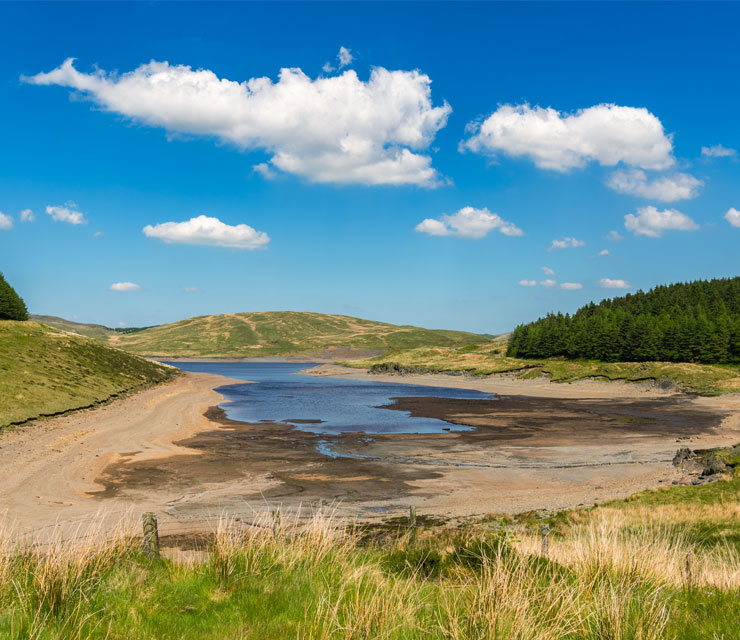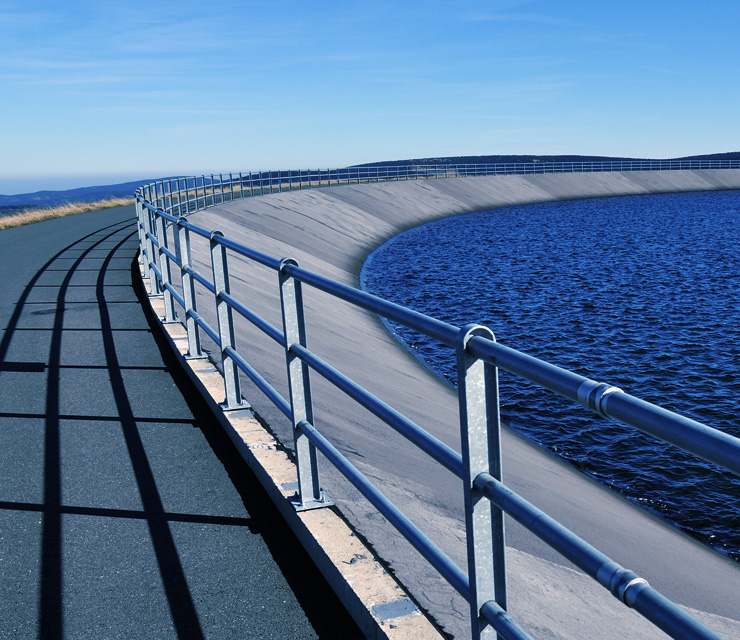- Water Monitoring
- WATER MONITORS BY PARAMETER:
- WATER MONITORING PRODUCTS:
- EchoSmart Sludge Blanket Monitor
- FilterSmart Gravity Filter Backwash Monitor
- Q46N Dissolved Ammonia Monitor
- Q46H/62-63 Residual Chlorine Monitor
- Q46H/79PR Total Chlorine Monitor
- Q46H/65 Chlorine Dioxide Monitor
- Q46C2 2E Conductivity Monitor
- Q46C4 4E Conductivity Monitor
- Q46/84 Hydrogen Peroxide Monitor
- Q46D Dissolved Oxygen Monitor
- Q45D Dissolved Oxygen Transmitter
- Q46H/64 Dissolved Ozone Monitor
- Q46/85 Peracetic Acid Monitor
- Q46P/R pH & ORP Monitor
- Q45C2 2E Resistivity Transmitter
- Q46S/66 Residual Sulfite Monitor
- Q46/88 Suspended Solids Monitor
- Q46/76 Turbidity Monitor
- View More >
- SMART WATER SOLUTIONS
- Gas Monitoring
- GAS MONITORS BY PARAMETER:
- GAS MONITORING PRODUCTS:
- A12 2-Wire Toxic Gas Transmitter
- A12-17 Combustible Gas Detector
- A14/A11 Modular Gas Detector
- A21 Gas Sampler
- A23-14 Ozone Generator
- B12 2-Wire Gas Transmitter
- B12 Wet Gas Detector
- B14 Gas Alarm Module Receivers
- C12-17 Combustible Gas Detector
- C21 Dri-Gas Sampling System
- D12 Toxic and Combustible Gas Detector
- D12Ex-IR Infrared Gas Transmitter
- D16 PortaSens Portable Gas Leak Detector
- E12-15 IR High Level Ammonia Gas Detector
- F12D Toxic Gas Detector
- F12iS Toxic Gas Transmitter
- GasSens Midi Controller
- IsoMon Dual-Channel Gas Detection
- Q45S Wet H2S Gas Detector
- Industries
- Support
- News & Case Studies
Each year, the summer months go hand in hand with increased water demands and decreased supplies, with the UK’s water reserves already substantially strained. ATi discusses how efficiencies and innovation can optimise water supplies during these drier months.
Historically, water conservation was limited to water-use restrictions, however, increasing water efficiency through management, preparation and technology is now recognised as the future for sustainability and resilience. Considering the UK’s aging assets, their limits on performance and the capacity for increase at set points is an essential exercise. Thankfully, advances in digitalisation are providing better knowledge, efficient monitoring, diagnostics and intelligent system management.
Increasing Reservoir Supplies
Reservoirs are a key source of water supplies, therefore considering which reservoirs can be temporarily brought back into supply is vital. How many have mothballed cells shut off on multi cell/tank sites? Can these be cleaned and brought back into operation? One additional cell at a small rural reservoir could negate the need for expensive tankering.
Adjusting reservoir capacity percentage levels could be advantageous eg. increasing the higher level by 10%, or even up to 95% full, can add additional storage. Allowing the reservoir to drop to a lower percentage will also increase the volume. Operational limits and requirements must obviously be considered, but tweaking levels, pumping and filling times can help eke out more water.
Recommissioning Boreholes
When recommissioning boreholes, there are issues ensuring water quality. Often quality monitoring on site is outdated, spares are no longer available and control equipment needs repair. Utilising smart sensor technology offers the perfect solution to quickly bringing boreholes back online. In a recent project involving ATi’s multi-parameter, portable monitoring and emergency start-up solution, SiteBox, conductivity, turbidity and pH were monitored in the raw water via the inlet. These were cross-checked on a separate water stream in the middle of the process, with the addition of chlorine M-Node digital sensors, then again on the final water stream prior to discharge, using dual and triple validation. This proactive technology enabled the utility to supply 25% more water.
Pressure Optimisation
Leakage or unaccounted water can be reduced by pressure management, including Pressure Reducing Valves (PRV). Most utilities operate around 1 Bar or more above, at what is known as the critical point, but reducing this by 0.01 to 0.05 bar can reduce overall demand, be it real, leakage or unaccounted water use. Installing flow modulators onto PRVs can reduce pressure at off-peak times and increase it during peak demand times.
Pressure controlled pumps can also be adjusted to reduced pressure to have the same effects as PRVs. Modifications to existing pumps or renewals can improve control. Variable Speed Drives can accomplish this, either retro fitted or purchased with new pumps. In addition, ATi’s NephNet portable turbidity monitor can be utilised to monitor for any subsequent turbidity issues caused by pressure fluctuations.
Reducing Leakage & Wastage
Leakage detection has been honed over the last few decades to a fine art. Technicians, utilising smart technology, are able to review data and target high-usage areas and DMAs to determine the leakiest locations.
Water quality monitoring has proven to offer warning dimensions for leakage and high demand, eg. turbidity spikes can indicate increasing flow due to a developing leak. Or reservoir quality monitoring can indicate if ingress is an issue as where ingress occurs, the egress can also occur. A number of large UK smart network projects are currently combining data from acoustic, flow, pressure and ATi’s MetriNet to reduce leakage. These machine-learning ‘AI brains’ tell engineers if pipes have sprung a leak, sending alerts before developing issues.
Other areas of water wastage include lack of reservoir inlet and outlet and poor trunk main metering, plus unreported wet patches at reservoirs or pumping stations can often go unreported due to operatives not always having the knowledge to confirm or report a leak.
Conclusion
Although these insights may not answer summer problems in full, ultimately optimum drought preparation, resilience, management and water security will provide a more sustainable and efficient water system. Protecting supplies and meeting increased demands through efficiencies and smart sensor technology will inevitably result in more cost-effective and environmentally friendly water management, prolonging the life of assets.
Featured Article
Reducing water scarcity with smart water solutions
In the UK there is growing concern that we could be heading for a future of increasing water scarcity, as the surge…
ReadA team of experts, ready to help
A global company with a caring culture. We have a team of experts on hand to help with any product or support query you may have. Contact us and experience ATi’s exemplary customer support.
Get in touch




 Click here to see US contact details
Click here to see US contact details  Click here to see UK contact details
Click here to see UK contact details